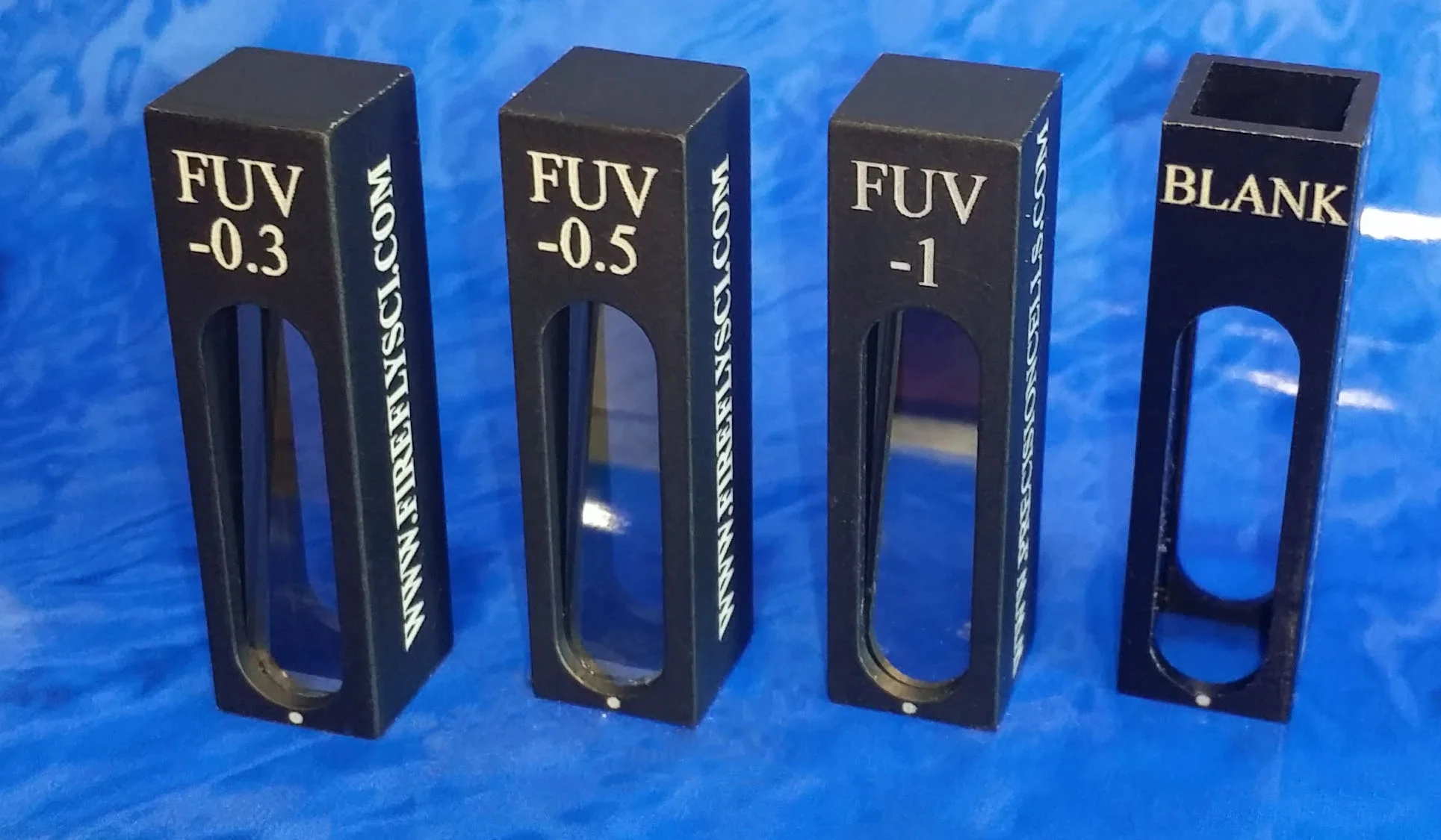What is a VIS Cuvette?
/When working in spectroscopy it is important to know the transmission range you are working in. This range will determine what material you need for the cuvette and for people on a budget this will make a big difference.
For starters, VIS is short for visible meaning the visible range of the light spectrum. A
VIS cuvette works in the wavelength range of about 380-700 nm [NASA]. These cuvettes are the most affordable since all materials that are used to make cuvettes work in the VIS range.
What Can be Used as a VIS Cuvette?
For a basic idea of the different cuvette materials we offer please see our article: How to Select Cuvettes for UV VIS Measurements & Cuvette Material Guide.
Below is a chart of what cuvette materials that work in the VIS range, as well as their complete transmission data. We put them in order of the lowest cost to the highest.
| Material | Name | UV/VIS/IR | Wavelength Range |
|---|---|---|---|
| Plastic | Polystyrene | VIS | 340-900 nm |
| Plastic | Acrylic | VIS | 285-900 nm |
| Plastic | UV Plastic | UV-VIS | 220-900 nm |
| Glass | Optical Glass | VIS | 340-2,000 nm |
| Glass | UV Quartz | UV-VIS | 190-2,500 nm |
| Glass | IR Quartz | UV-VIS-IR | 220-3,500 nm |
| Glass | Sapphire | UV-VIS-IR | 250-5,000 nm |
Does a VIS Cuvette Work for Fluorescence?
Yes a VIS cuvette will work for fluorescence work. One important note is that a cuvette with all four sides polished is needed for fluorescence. If you have a VIS cuvette with two parallel sides polished and two walls frosted, it will not work. All of our cells that have FL in their names are made for fluorescence (i.e. 1FLUV10).
Tips on Using Disposable Cuvettes for VIS
Due to the low price, a lot of people like to use the disposable cells for their VIS work. Also, you get 100 cuvettes in a box, which means no washing and cleaning, yay!
Here are some tips on how to get the most out of those disposable cuvettes:
- When zeroing the machine, make sure to check 2-3 cuvettes to confirm they are behaving similarly. Plastic cells can vary batch to batch.
- Make sure there are no scratches or imperfections on the optical surfaces as plastic cells scratch very easily.
- Keep the cover on the plastic cells that are not in use to avoid any contamination falling into the cuvettes.
- Remember to keep those fingers away from the optical surfaces.
- If you plan to reuse a sample, you can remove drops stuck in the corners with a micropipette.
- Keep in mind plastic cuvettes are meant for one time use.
If you have any questions about VIS cuvettes please let us a comment below or send us an e-mail, info@fireflysci.com.
Here’s to your success!
The FireflySci Team
![firefly_logo_FINAL [Black].jpg](https://images.squarespace-cdn.com/content/v1/5411d5c0e4b02e1c8b27565a/1434491508803-XB4OF7YDY46Z72L5U5AP/firefly_logo_FINAL+%5BBlack%5D.jpg)










